When it comes to LPG, we all have a collective responsibility to keep things safe and uphold standards to promote best practice and safeguard the sector.
Here at NCASS we think it is so important, we will be sharing with you regular gas safety advice, examples of good and bad practice, to help you to raise your awareness and operate safely. In this first episode we will be looking at the safe siting of cylinders.
The safe siting of LPG cylinders is arguably the most important part of any type of gas installation. If the cylinder is sited in an unsafe way, the whole activity is unsafe and could lead to a potentially catastrophic event.
Propane (the red/orange bottles) is the predominant bottled gas used in mobile catering and street food. It is better for producing the required gas pressure and fuelling high powered catering appliances, especially during the colder months. But whatever cylinders you use there are a few simple rules when siting that you must pay attention to.
LPG Cylinders must be:
- Stored upright in the open air in a well-ventilated environment.
- Secured from toppling over (Ideally sited on hard and firm ground but if they are to be on grass try and secure them with a stake of some sort.)
- Secured and properly supervised so they cannot be accessed or tampered with by the public (particularly if they are stored out of direct sight).
- Readily accessible to authorised personnel so they can be isolated (turned off) in the event of an emergency.
- Stored away from walkways and vehicular traffic routes.
LPG is highly flammable and explosive so there must be a minimum distance of 1m between LPG cylinders and:
- Ignitable sources e.g., generators and cooking appliances.
- Combustible materials e.g., rubbish and vegetation, sides of gazebo.
This is to reduce the risk of fire and explosion.
There must be a minimum distance of 2m between LPG cylinders and:
- Un-trapped drains and unsealed rain gullies.
- Openings to lower levels or cellars.
This is because the gas produced is heavier than air and we need to avoid the potential of gas concentrating in pockets below ground which could become ignitable.
DO NOT SMOKE anywhere near cylinders and try and have some sort of signage or notice on display to tell others the same.
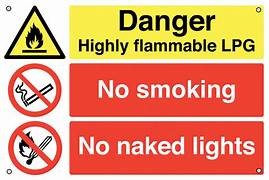 Example signage to be in place near to LPG
Example signage to be in place near to LPG
Examples of bad practice
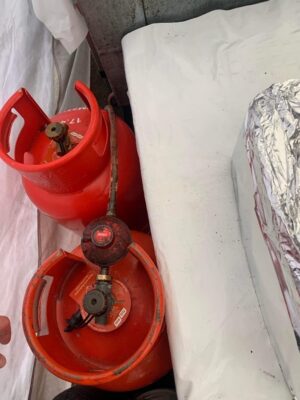
Cylinders incorrectly positioned inside a gazebo with no minimum distancing maintained between equipment and the sides of the gazebo.
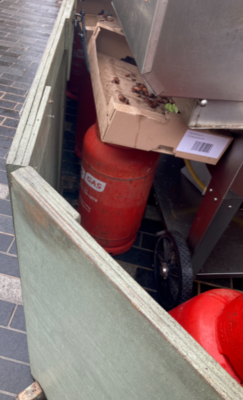
Cylinders incorrectly sited directly below an appliance and heat source with no minimum distance in place, with cardboard placed directly on top (combustible material).
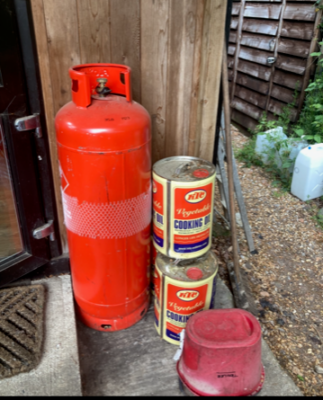
A large unsecured 47Kg cylinder placed adjacent to an entrance and walkway. This is at risk of deliberate and accidental tampering and toppling. It is also stored directly next to cooking oil and wooden structural surfaces (combustible materials), with no minimum distance in place.
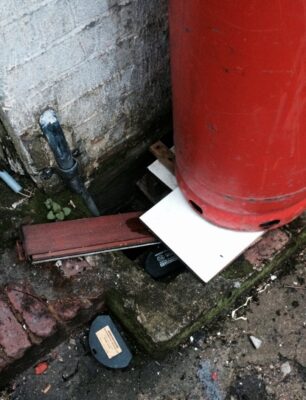
This cylinder is incorrectly sited over a foul drain, not only is the minimum distance from a drain not maintained, the cylinder is also unstable/at risk of toppling over.
Next time we will focus on the Safe Transportation of Cylinders, illustrating examples of internal and external LPG transportation facilities and the key safety measures to be in place when moving cylinders to and from trading sites.
For more information
The NCASS Gas Hub https://www.ncass.org.uk/resources/legal-compliance/gas-safety/
For further training
The NCASS Safe Use of LPG in Mobile and Outside Catering https://www.ncass.org.uk/training/health-safety-courses/lpg-gas-safety/


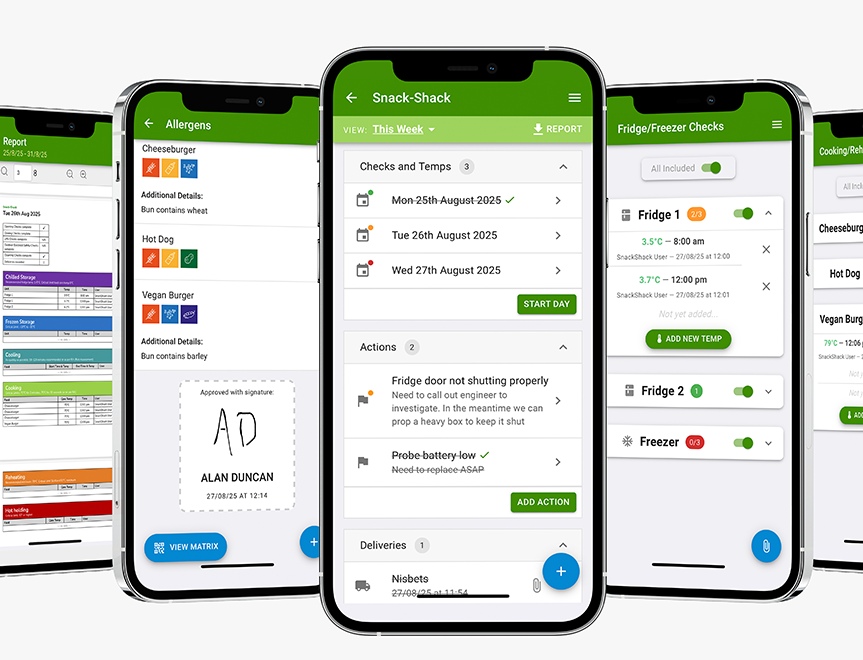

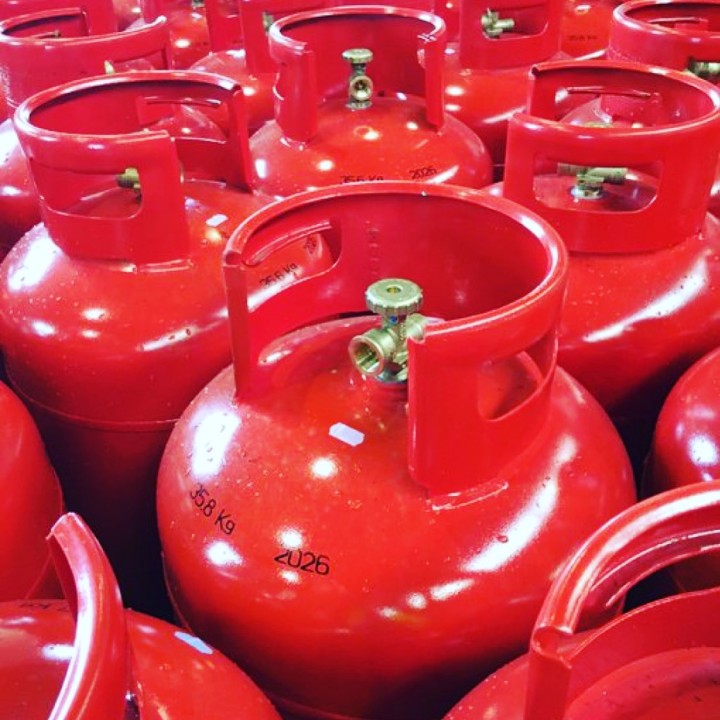

 Featured Training
Featured Training
OUR MEMBERSHIP
We're here to help make your catering business a success. Whether that be starting up or getting on top of your compliance and marketing. We're here to help you succeed.
Want our latest content?
Subscribe to our mailing list and get weekly insights, resources and articles for free
Get the emails